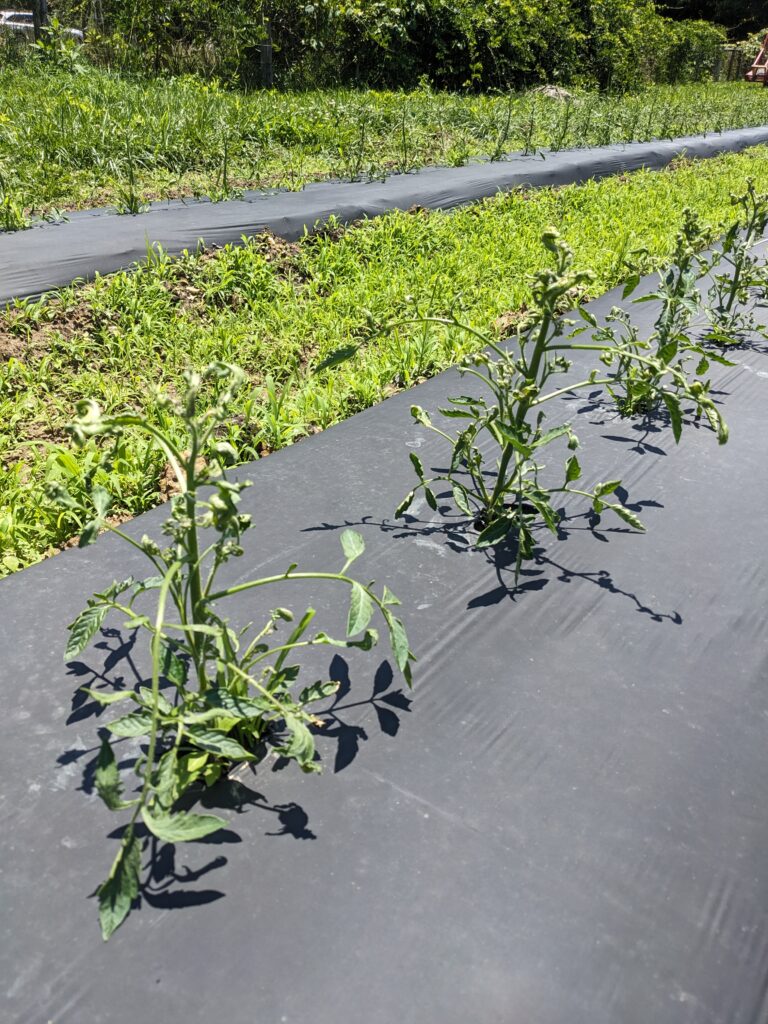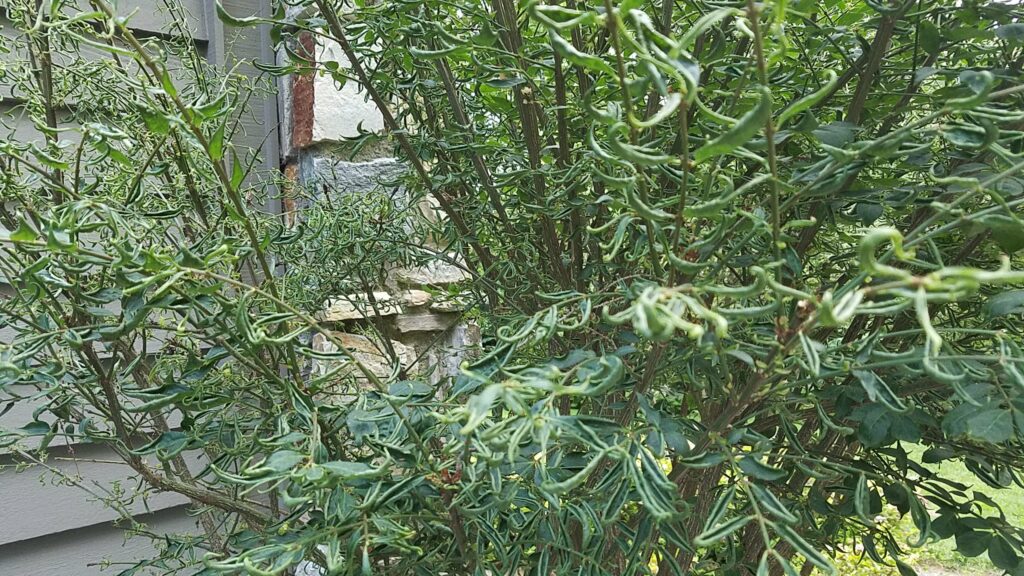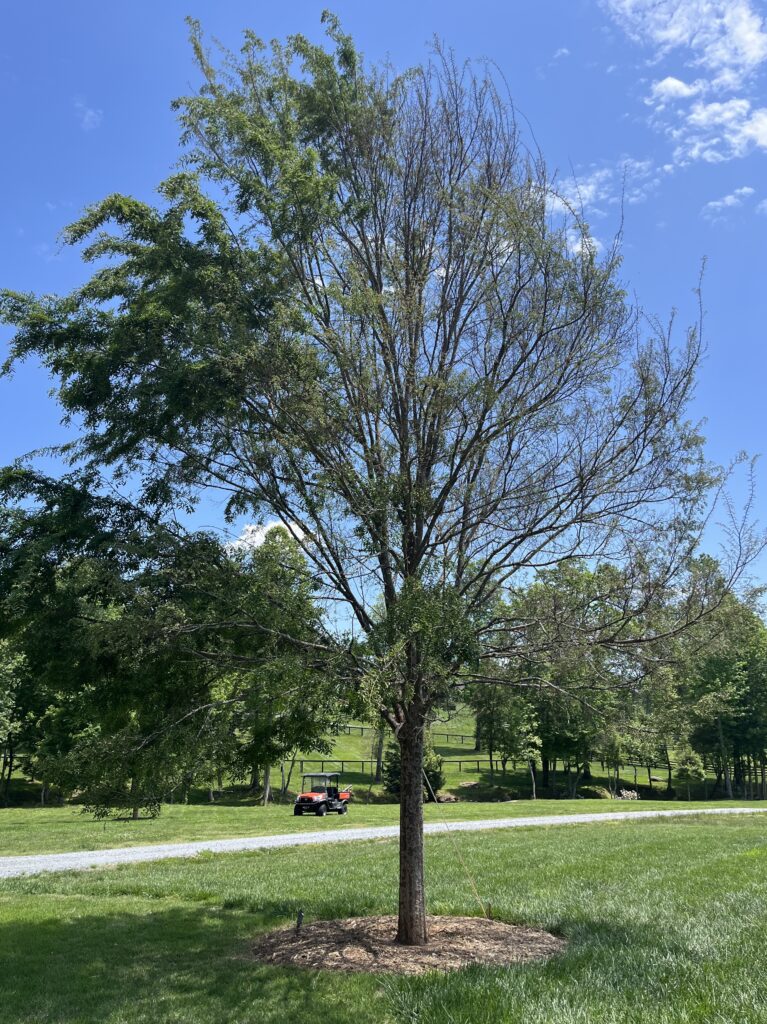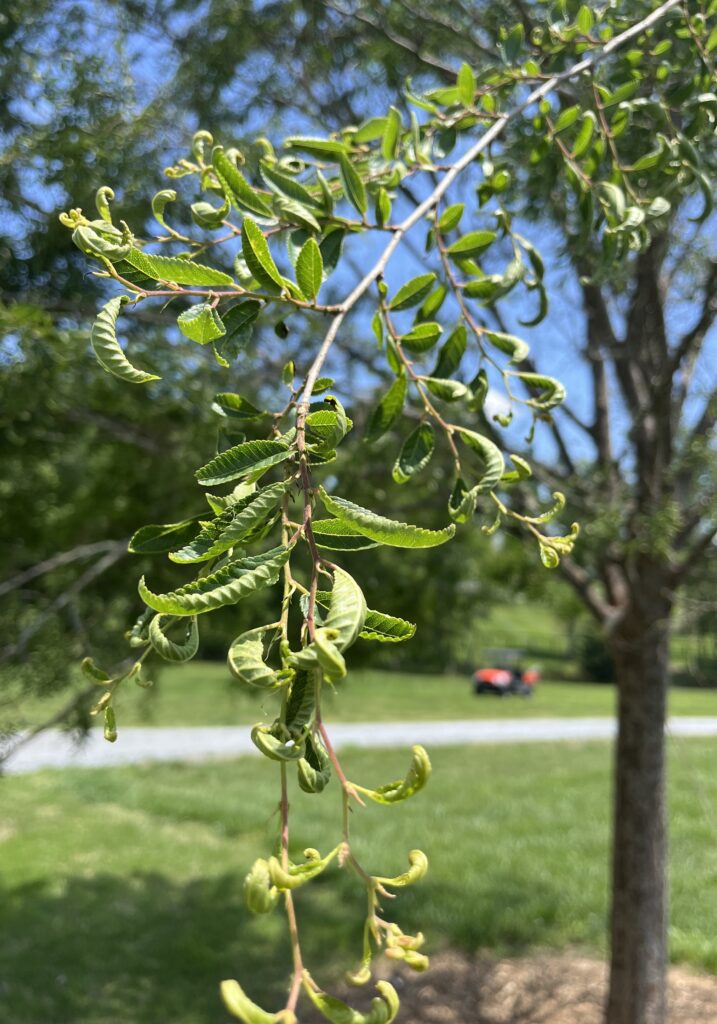Plant Health Alert – Herbicide Damage
go.ncsu.edu/readext?1080270
en Español / em Português
El inglés es el idioma de control de esta página. En la medida en que haya algún conflicto entre la traducción al inglés y la traducción, el inglés prevalece.
Al hacer clic en el enlace de traducción se activa un servicio de traducción gratuito para convertir la página al español. Al igual que con cualquier traducción por Internet, la conversión no es sensible al contexto y puede que no traduzca el texto en su significado original. NC State Extension no garantiza la exactitud del texto traducido. Por favor, tenga en cuenta que algunas aplicaciones y/o servicios pueden no funcionar como se espera cuando se traducen.
Português
Inglês é o idioma de controle desta página. Na medida que haja algum conflito entre o texto original em Inglês e a tradução, o Inglês prevalece.
Ao clicar no link de tradução, um serviço gratuito de tradução será ativado para converter a página para o Português. Como em qualquer tradução pela internet, a conversão não é sensivel ao contexto e pode não ocorrer a tradução para o significado orginal. O serviço de Extensão da Carolina do Norte (NC State Extension) não garante a exatidão do texto traduzido. Por favor, observe que algumas funções ou serviços podem não funcionar como esperado após a tradução.
English
English is the controlling language of this page. To the extent there is any conflict between the English text and the translation, English controls.
Clicking on the translation link activates a free translation service to convert the page to Spanish. As with any Internet translation, the conversion is not context-sensitive and may not translate the text to its original meaning. NC State Extension does not guarantee the accuracy of the translated text. Please note that some applications and/or services may not function as expected when translated.
Collapse ▲Accidental herbicide damage to landscape plants and vegetables can happen when an herbicide moves from the target site of application to a non-target site. In these instances unintentional plant damage can happen. Avoiding the unintentional damage of non-target plants requires careful usage of herbicides.
Herbicide movement can happen when chemicals wash away in rain or irrigation water. Sometimes chemicals volatilize in hot weather. Some products can even volatilize several hours after application, so do not apply them if high temperatures (above 85F) are predicted for later in the day. This gas can damage sensitive plants. Do not spray during temperature inversions when cooler air is trapped at ground level by warmer air above, common during the early evening hours. Herbicides can ‘drift’ when sprayer mist travels in wind off site. Herbicides that are used on pastures can even pass through grazing animals and end up in manure.
Read The Label! Licensed chemical contractors, farmers and home gardeners should be very careful when using any herbicide on or near residential properties.It is imperative and legally required that pesticide users read the label on every chemical they use. It is the responsibility of the user to read the label and use the product correctly.
Identifying herbicide damage is obvious in some cases. In other instances the damage is more subtle. There are many herbicides with different modes of action that cause various types of plant injury. Glyphosate often turns plants bright yellow. 2-4,D distorts leaves on sensitive plants. There are many herbicides with different modes of action.
Examples For instance, stump killer herbicides with the active Ingredients picloram, 2,4-Dichlorophenoxyacetic acid and triisopropanolamine salt should not be used on residential landscapes. These stump killer herbicides are meant to be used on fencerows, roadsides, right-of-way, and other sites but not landscapes. The chemical is deadly to trees and shrubs at very low rates. The chemicals in these products are very water soluble and move through the landscape away from the application site.
The label clearly states that small amounts of the product can damage surrounding plants. The label also states, “Use ——— Stump Killer on cut trees and branches in forests and non-cropland areas such as fencerows, roadsides, right-of-way, and other sites. Do not apply on residential or commercial lawns or near ornamental trees and shrubs.”
A commonly used herbicide containing 2,4-D is formulated as a low volatile ester. However, the combination of spray contact with impervious surfaces, such as roads and rocks, and increasing ambient air temperatures, may result in an increase in the volatility potential for this herbicide, increasing a risk for off-target injury to sensitive crops such as grapes and tomatoes. Under conditions which are conducive to evaporation (high temperatures and low humidity), vapors from this product may injure susceptible crops growing nearby even though the chemical is formulated to make it less volatile.
 Herbicide damage to sensitive plants can happen when herbicides end up in manures that are used for soil amendments. A common herbicide that is used on pastures can pass through an animals digestive system. Manures that are composted for more than a year should be ok to use.
Herbicide damage to sensitive plants can happen when herbicides end up in manures that are used for soil amendments. A common herbicide that is used on pastures can pass through an animals digestive system. Manures that are composted for more than a year should be ok to use.






